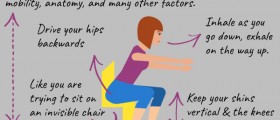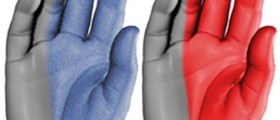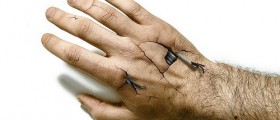
The Characteristics of Wrist
Our wrists are the very important to us.Most of us do not even think of this importance daily, when we useour hands, lift up or carry things in them and perform many otheractions involving our wrists. This extremely useful part of our bodyconsists of a set of tiny bones, tendons and ligaments. Sometimes,due to overuse, overstraining, age or many other different factors,we may hurt or tear the cartilage in our wrist, making the functionsit can perform significantly restricted. Also, these types ofinjuries are very painful. Therefore, even though one's wrist is aquite complex and strong structure, it can still be damaged and oneis to take care of his or her wrists in order to prevent thecartilage inside of it from getting torn.
Causes of and Reasons behind a TornCartilage in One's Wrist
As far as classic “wear and tear”symptoms mentioned above are concerned, the most common indicatorsare pain and clicking sound in one's wrists. However, this is not theonly situation of wrist injury, nor its sole manifestation. Rather,one of the most common reasons behind a torn cartilage in wristis direct, violent blow. Namely, this usually takes place when weplace our hands in front of us in order to protect us from injurieswhile falling. Then, there is a large chance that the cartilage inour wrist will be torn due to overstraining. This results in pain anddiscomfort, amplified in cases of any ligament or tendon injuriesinflicted upon one at the same time. Finally, underlying diseases maybe behind this condition as well. Arthritis, and similar otherconditions, may all have torn cartilage as their symptom. In mostcases, pain is the clearest indicator of this problem, possiblyaccompanied with swelling and irritation, as well as movementconstriction.
Possible Treatment
First and foremost, the wrist needs tobe scanned in order to establish the severity of the cartilage tear.This is done by using X-ray scanners once you visit your doctor.Afterwards, depending on the seriousness of the injury, propertreatment is prescribed. Resting always comes first, in order toprovide your wrist the time necessary for successful recovery.
Secondly, compression bandage or anymeans of immobilization can help in one's recovery. Ice packs aregood to be applied in order for reducing possible swellings and pain.In cases of persistent pain, one is advised to take someanti-inflammatory medications as well as some over-the-counterpainkillers.
Finally, the worst case scenarioinvolves surgery where the surgeon either fixes or removes thecartilage, depending on its state. Afterwards, the patient needs togo through an adequate recovery program.

















Your thoughts on this
Loading...